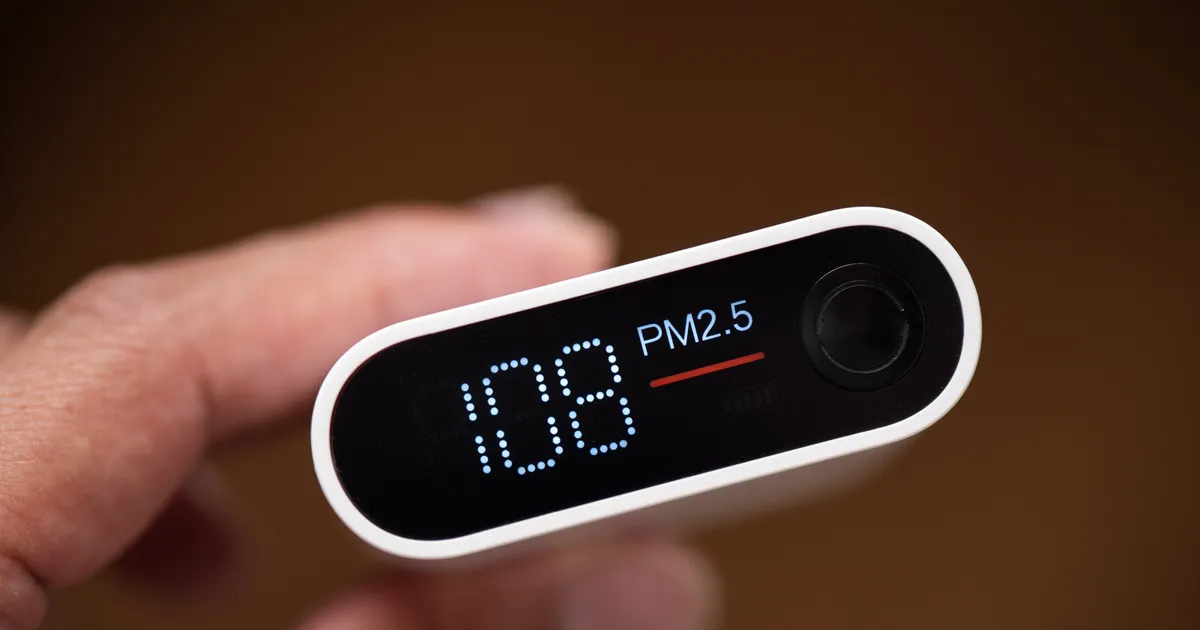Harness the power of advanced monitoring technology for real-time air quality data. Leverage precise sensors and cutting-edge analytics to gain insights like never before. Monitor the air around your neighborhood to ensure a safe and healthy environment for your family. Experience the transformation from traditional methods to a smarter, data-driven approach in air quality management.
 Shutterstock
ShutterstockEmpowering Communities With Accurate Data
Discover how innovative air pollution monitoring system provide accurate, real-time air quality data, empowering communities to make informed environmental decisions. With the increasing concern over air pollution and its impact on public health, having access to reliable data is crucial for individuals, local governments, and organizations.
For example, the Environmental Protection Agency (EPA) in the United States has implemented a comprehensive air quality monitoring network across the country. This network consists of monitoring stations that continuously measure various pollutants in the air, such as particulate matter, ozone, and carbon monoxide. The data collected from these stations is publicly available and helps communities understand the air quality in their area.
By utilizing advanced monitoring technology, communities can identify pollution hotspots, track pollutant levels over time, and take necessary actions to improve air quality. This data-driven approach allows for targeted interventions and policies to reduce pollution and protect public health.
Industries Benefiting from Pollution Monitoring
Industries also benefit from air pollution monitoring as it helps them comply with environmental regulations and improve their sustainability efforts. For example, power plants and factories can use real-time data to optimize their operations and reduce emissions. By monitoring pollutant levels, they can identify areas of improvement and implement strategies to minimize their environmental impact.
In addition, transportation companies can utilize air pollution monitoring devices to track emissions from their vehicles and develop strategies to reduce their carbon footprint. This not only helps them meet regulatory requirements but also enhances their reputation as environmentally responsible businesses.
Furthermore, the agriculture sector can benefit from pollution monitoring by understanding the impact of farming practices on air quality. By monitoring emissions from livestock operations and fertilizer use, farmers can implement sustainable practices that minimize pollution and protect the environment.
Exploring Advanced Air Pollution Monitoring Devices
With advancements in technology, there are now various air pollution monitoring devices available in the market. These devices range from portable sensors that individuals can carry with them to stationary monitors installed in specific locations.
For instance, wearable air pollution monitors are becoming increasingly popular among individuals concerned about their exposure to pollutants. These devices can measure pollutants such as particulate matter, volatile organic compounds, and nitrogen dioxide, providing users with real-time data about the air quality around them.
On a larger scale, cities and organizations are deploying stationary air pollution monitoring stations that collect data from multiple sensors placed strategically across the area. These stations can provide a comprehensive picture of air quality in different parts of the city, helping authorities make informed decisions to improve air quality.
Why You Should Learn More About Air Pollution Monitoring
As air pollution continues to be a pressing global issue, it is essential to stay informed about the latest advancements in air pollution monitoring technology. By understanding how these innovative monitoring systems work and the benefits they offer, you can contribute to creating a cleaner and healthier environment.